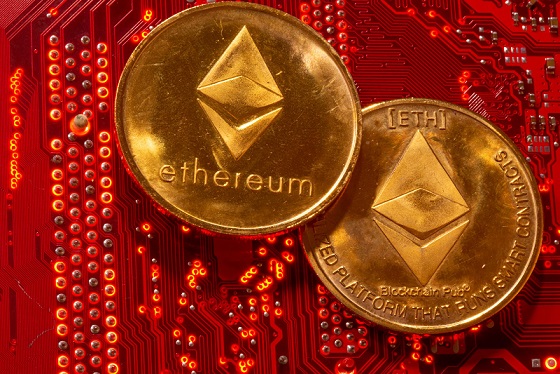Ethereum, the world's second-largest cryptocurrency by market cap, is undergoing dynamic evolution as it balances protocol improvement with user demands. This was highlighted in recent analysis by DeFi Alliance DAO published in Coinmonks today, Wednesday.
The report emphasizes Ethereum's strategic approach of enshrining and de-enshrining features, a process that involves integrating and discarding specific functions into the platform's official specifications. One notable move is the discarding of little-used precompiles, complex cryptographic operations, and the adoption of EVM-MAX to enhance the efficiency of Ethereum Virtual Machine (EVM) smart contract code.
Another significant pivot is towards account abstraction. This transformation changes externally owned accounts (EOAs) into contract-like entities, fostering innovation within the ecosystem. Initiatives like the dormant-but-revivable SIMD proposal are being explored to avoid protocol bloat while meeting diverse user needs and adapting to the evolving blockchain landscape.
In a separate blog post today, Ethereum's creator, Vitalik Buterin, deliberated on whether to embed more features into Ethereum's protocol or build them on top. He referenced EIP-86 and ERC-4337 while analyzing the advantages and disadvantages of enshrining features. Potential features under consideration include ZK-EVMs, proposer-builder separation, private mempools, liquid staking, and more precompiles.
Buterin's post highlighted different viewpoints within the Ethereum community, including those advocating for decentralization. It emphasized that Ethereum's "soft forking" process enables continuous development based on shifting community priorities.
These assessments underscore the intricate balance between protocol improvement and user demands that characterize Ethereum's evolution. The ongoing debate around enshrining features illustrates the complex trade-offs inherent in protocol evolution within the dynamic blockchain landscape.
This article was generated with the support of AI and reviewed by an editor. For more information see our T&C.
